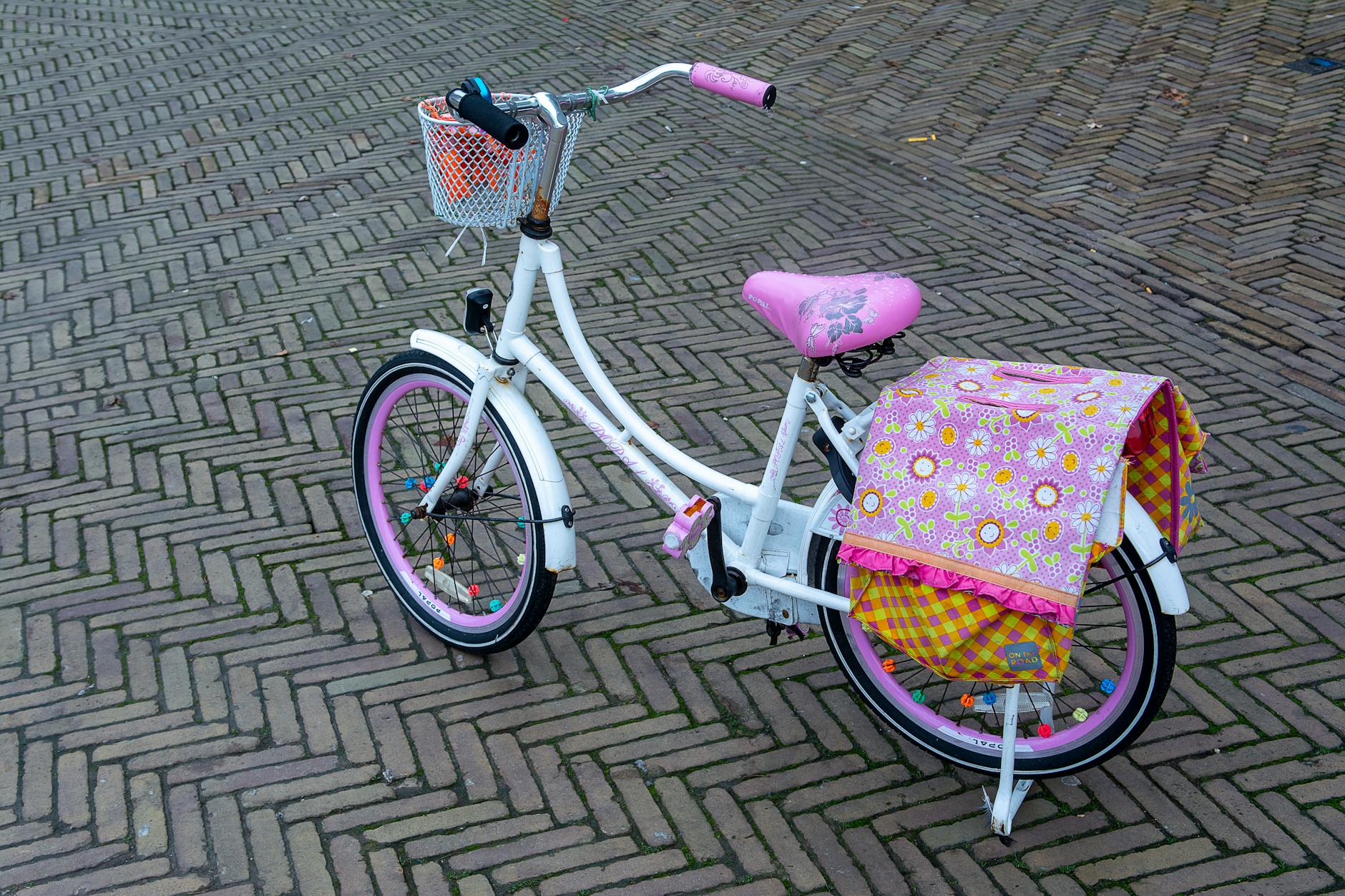Unlock the secrets to finding the perfect bike size for your child and watch them pedal their way to fun!
Table of Contents
As parents, ensuring the safety and comfort of our children is always a top priority. When it comes to cycling, choosing the right bike size for your child is essential for their enjoyment and safety on the road. In this guide, we will discuss how to select the perfect bike size for children, share important safety tips for cycling with kids, and delve into the best balance bikes for 2-year-olds.
How to Choose the Right Bike Size for Children
When it comes to selecting the right bike size for your child, there are several factors to consider. One of the first steps is to measure your child’s height and inseam to ensure they can comfortably reach the pedals and handlebars. Additionally, you will want to consider the type of bike that is most suitable for your child’s age and experience level. For younger children, a balance bike may be the best option to help them develop their balance and coordination before transitioning to a pedal bike.
Another important aspect to consider when choosing a bike size is the seat and handlebar height. The seat should be adjusted so that your child can touch the ground with both feet when seated, and the handlebars should be at a comfortable height to ensure proper steering control. It’s also a good idea to have your child test ride the bike to ensure a proper fit and make any necessary adjustments before making a purchase.
Lastly, it’s worth investing in a bike that allows room for growth. Children grow quickly, and you’ll want a bike that can be adjusted as they get taller. This will extend the lifespan of the bike and ensure that your child can continue to ride comfortably as they grow.
Safety Tips for Cycling with Kids
When cycling with kids, safety should always be a top priority. One of the most important safety precautions is to ensure that your child wears a properly fitted helmet at all times. Helmets can help protect against head injuries in the event of a fall or collision, so it’s essential to make sure that the helmet fits snugly and is worn correctly.
Teaching children proper hand signals and road safety rules is also crucial for their safety on the road. Make sure that your child knows how to signal turns and stops, and understands basic road rules such as stopping at stop signs and yielding to pedestrians. Supervision is key, especially for young children who may not have the experience or judgment to navigate traffic on their own.
Using reflective gear and lights can help increase visibility, especially when cycling in low light conditions or at night. Reflective clothing, bike lights, and reflective tape on the bike can help make your child more visible to other road users, reducing the risk of accidents.
Regularly inspecting bike equipment for safety is also important. Check that the brakes are working correctly, the tires are properly inflated, and the bike is in good overall condition. Making sure that the bike is well-maintained can help prevent accidents and ensure a smooth ride for your child.
Best Balance Bikes for 2-Year-Olds
Balance bikes are a popular choice for young children who are just learning to ride. These bikes help children develop their balance and coordination before transitioning to a pedal bike, making the learning process easier and more enjoyable. When choosing a balance bike for a 2-year-old, there are several factors to consider.
Look for features such as adjustable seat height, lightweight construction, and sturdy frame construction. These features will make it easier for your child to learn to ride and ensure that the bike can grow with them as they get taller. Some popular balance bikes for 2-year-olds include the Strider 12 Sport Balance Bike, the Joovy Bicycoo Balance Bike, and the Cruzee UltraLite Balance Bike.
Reading reviews and ratings of balance bikes can also help you make an informed decision. Look for bikes that are recommended by other parents and have positive feedback in terms of durability, ease of use, and overall quality. Teaching a child to ride a balance bike can be a fun and rewarding experience, so be patient and encouraging as they learn to master this new skill.
Conclusion
Choosing the right bike size for children and prioritizing safety are crucial steps in ensuring that your child can enjoy cycling safely. By following the tips outlined in this guide, you can help your child develop a love for cycling from a young age and instill important safety habits that will benefit them for years to come. Remember to always prioritize safety, invest in quality equipment, and supervise your child when cycling to ensure a positive and safe riding experience.
Additional Resources
If you’re looking for further information on bike safety for kids, be sure to check out the following resources:
- Website for bike safety tips for children
- Recommendations for child-friendly cycling routes
- Tips for organizing family-friendly cycling events
With the right tools and knowledge, you can help your child develop a lifelong love for cycling while keeping them safe on the road. Happy riding!

